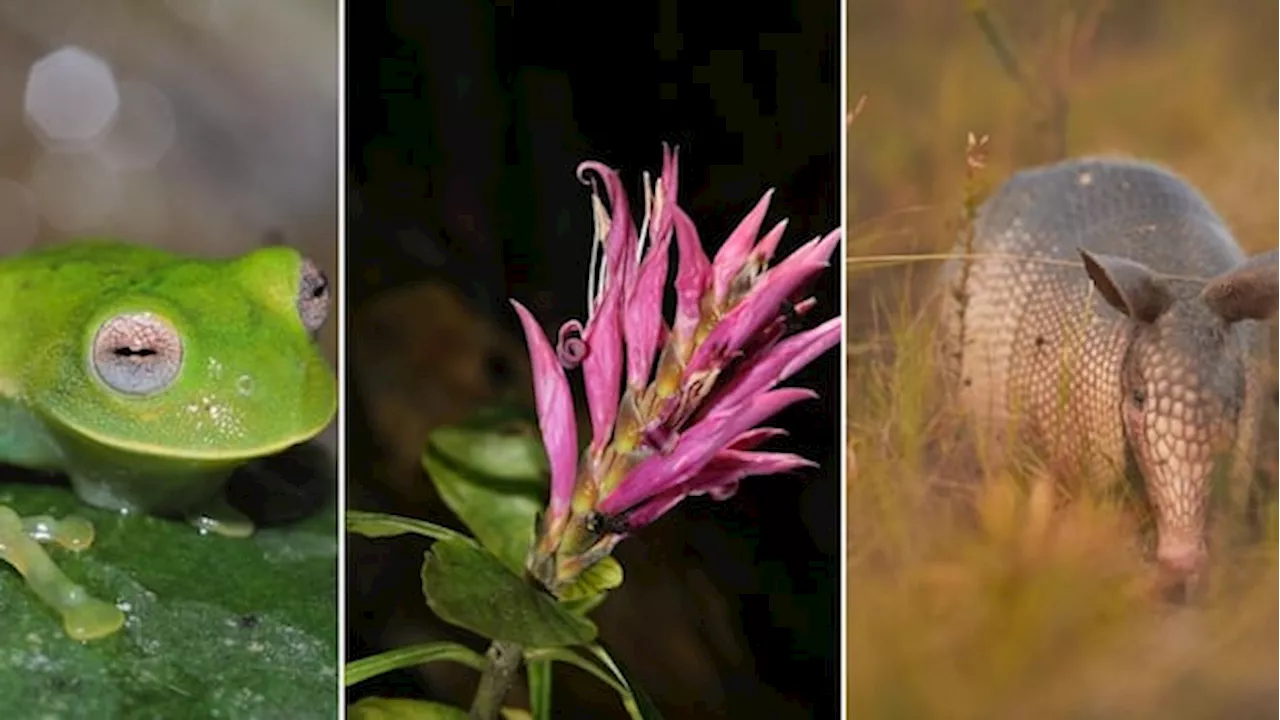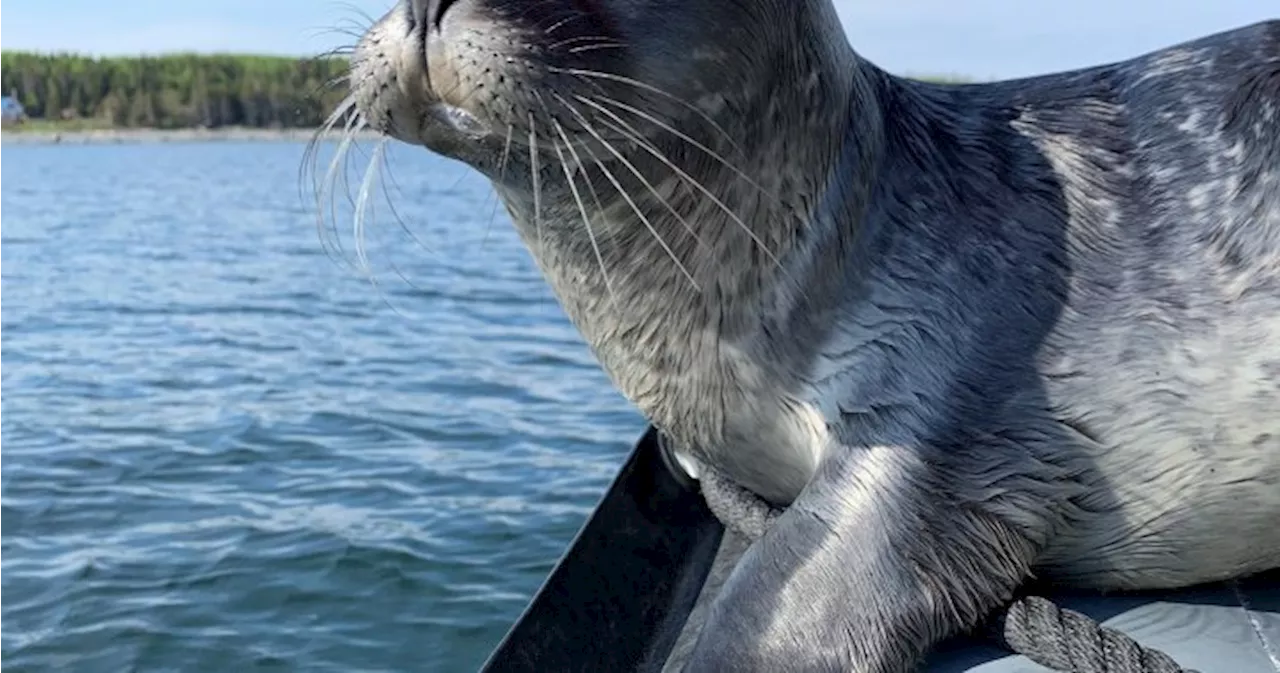A hummingbird, nursed back to health by Mike Cardenaz in Grovetown, Georgia, returns every spring, showcasing its remarkable memory and bond. New research reveals the fascinating process of torpor, a hibernation-like state hummingbirds enter to conserve energy during their epic migrations.
Mike Cardenaz, a resident of Grovetown, Georgia, nursed a hummingbird back to health four years ago. Despite the bird's annual migration south for the winter, it consistently finds its way back to visit Cardenaz every spring. This dedication to revisiting its rescuer is a testament to the hummingbird's remarkable memory and its bond with its human caretaker. Migratory hummingbirds, fueled by nectar and an amazing metabolic system, traverse thousands of kilometers each year.
Their journeys take them from breeding grounds in regions like British Columbia, Canada, to as far south as Mexico to escape the winter cold. To successfully complete these epic migrations, hummingbirds employ a unique survival strategy known as torpor. During torpor, these tiny creatures enter a short-term hibernation-like state, slowing down their respiratory, heart, and metabolic rates significantly. This temporary state allows them to conserve energy and survive for extended periods between meals.Recent research is shedding light on the intricacies of torpor in various hummingbird species common to British Columbia. Shayne Halter, a Ph.D. candidate at the University of New Mexico Department of Biology and lead researcher on this study, believes the findings represent an important step towards understanding how hummingbirds manage their energy during migration and how environmental changes might affect this crucial process. Halter emphasizes the delicate balance hummingbirds maintain, requiring a constant flow of energy to survive. Disruptions to their food sources, particularly from land use changes and climate change, could further threaten these already vulnerable creatures.The research, published in January 2023 in Proceedings of The Royal Society B: Biological Sciences, revealed that Calliope and rufous hummingbirds require at least 180 milligrams of fat in the morning to fuel their next feeding session. Once their fat reserves reach 500 milligrams, their bodies automatically enter torpor to prevent excessive fat loss overnight. Halter conducted his study from July to September 2022 at a site near Mimbres, New Mexico. He expresses his hope that Canadian researchers will be interested in collaborating and building upon his work. He anticipates that hummingbirds in Canada, due to the cooler climate, might have higher fat thresholds for entering torpor, requiring more fat reserves before they enter this energy-conserving state. Halter views his research as a foundational step in understanding the limits of hummingbird physiology and mapping their energy usage during migration. He believes that conducting similar studies over time could reveal valuable insights into how these adaptations change in response to environmental shifts.The 2022 State of the Birds report by the U.S. Committee of the North American Bird Conservation Initiative revealed a disturbing trend: over half of the rufous hummingbird population has been lost since 1970. Halter emphasizes the importance of understanding torpor not only for scientific purposes but also for the conservation of these vulnerable species. He states that this knowledge is crucial for protecting hummingbirds from further decline and ensuring their continued survival.Jackie McQuillan, program director at the Wildlife Rescue Association of British Columbia, welcomes any new information about hummingbirds. She believes this knowledge is essential for educating the public about how they can support these fascinating creatures. McQuillan explains that understanding the specific energy requirements of hummingbirds, such as the need for adequate fat stores to remain active, allows the association to provide valuable guidance to the public. She encourages people to plant native flowers in their gardens to provide a reliable source of nectar for these visiting pollinators.McQuillan shares anecdotes about people mistaking torpor for death, only to be surprised when the seemingly lifeless hummingbird suddenly awakens. She highlights the importance of not handling hummingbirds during their torpor state, as they are highly susceptible to injury and stress.Alison Moran, director of the hummingbird project at Victoria's Rocky Point Bird Observatory, commends Halter's research for contributing to the growing body of knowledge about hummingbird migration. Moran emphasizes the dramatic changes hummingbirds undergo during their journeys, with some species increasing their weight from a few grams to a staggering 4.5 grams. She views Halter's research as a valuable tool in understanding how hummingbirds utilize torpor and fat deposition as a means of efficiently managing their energy expenditure during these arduous migrations.
HUMMINGBIRD MIGRATION TORPOR CONSERVATION RESEARCH ENERGY MANAGEMENT
Canada Latest News, Canada Headlines
Similar News:You can also read news stories similar to this one that we have collected from other news sources.
 Hummingbird, subsidiary agree key terms with Mali govt on Yanfolila mineAim-listed gold miner Hummingbird Resources’ subsidiary in Mali has reached an agreement with that country’s government regarding operational parameters for the Yanfolila gold mine.
Hummingbird, subsidiary agree key terms with Mali govt on Yanfolila mineAim-listed gold miner Hummingbird Resources’ subsidiary in Mali has reached an agreement with that country’s government regarding operational parameters for the Yanfolila gold mine.
Read more »
 How I got this incredible hummingbird footage in a Victoria backyardFilmmaker Ryan Wilkes discovered one man's secret view into the lives of hummingbirds, and captured some stunning footage along the way.
How I got this incredible hummingbird footage in a Victoria backyardFilmmaker Ryan Wilkes discovered one man's secret view into the lives of hummingbirds, and captured some stunning footage along the way.
Read more »
 World's Biggest Hummingbird And Van Gogh Lizard Among Coolest New Species Discovered in 2024Scientific organizations unveil some of the most fascinating new animal and plant species discovered in 2024, highlighting the importance of biodiversity conservation.
World's Biggest Hummingbird And Van Gogh Lizard Among Coolest New Species Discovered in 2024Scientific organizations unveil some of the most fascinating new animal and plant species discovered in 2024, highlighting the importance of biodiversity conservation.
Read more »
 Bitcoin’s structural story remains ’very positive’ amid declines, says head of digital asset researchOne crypto expert expects the price of Bitcoin to roughly double by the end of the year due to more institutional capital moving to the sector despite price declines on Monday.
Bitcoin’s structural story remains ’very positive’ amid declines, says head of digital asset researchOne crypto expert expects the price of Bitcoin to roughly double by the end of the year due to more institutional capital moving to the sector despite price declines on Monday.
Read more »
 Seals wearing ‘hats’ spotted in Atlantic Canada as part of research studySeals across Canada are being tagged by a scientific group in Quebec who are studying their behavior and geographical movement patterns.
Seals wearing ‘hats’ spotted in Atlantic Canada as part of research studySeals across Canada are being tagged by a scientific group in Quebec who are studying their behavior and geographical movement patterns.
Read more »
 USDA Research Agencies Crippled by Forced RelocationMick Mulvaney's relocation of USDA research agencies to Kansas City resulted in mass exodus of experts, crippling agricultural research and setting back scientific priorities for years. The move, driven by a desire to 'streamline government', highlights the potential dangers of Trump's agenda to dismantle the 'deep state' and relocate federal agencies.
USDA Research Agencies Crippled by Forced RelocationMick Mulvaney's relocation of USDA research agencies to Kansas City resulted in mass exodus of experts, crippling agricultural research and setting back scientific priorities for years. The move, driven by a desire to 'streamline government', highlights the potential dangers of Trump's agenda to dismantle the 'deep state' and relocate federal agencies.
Read more »
